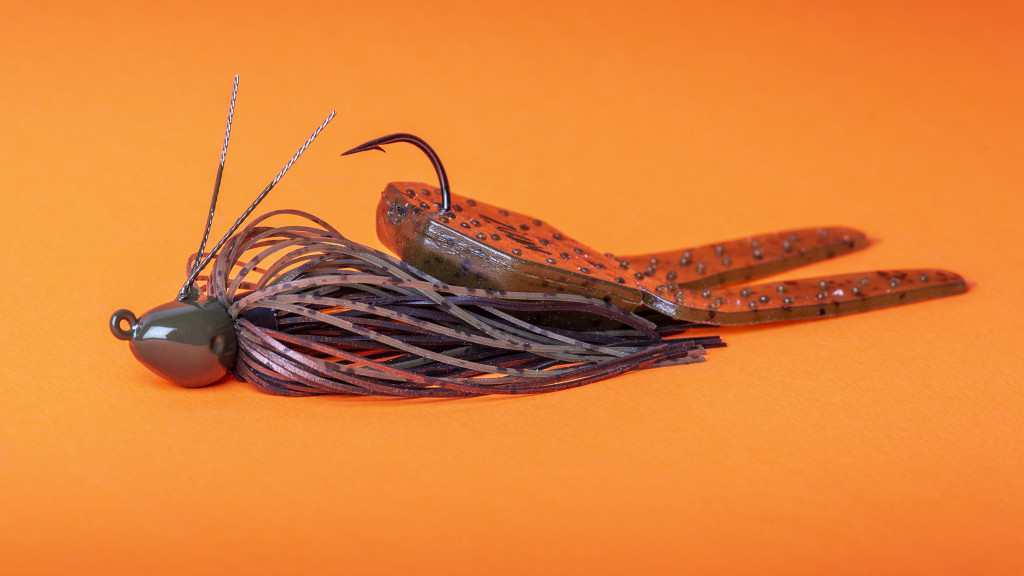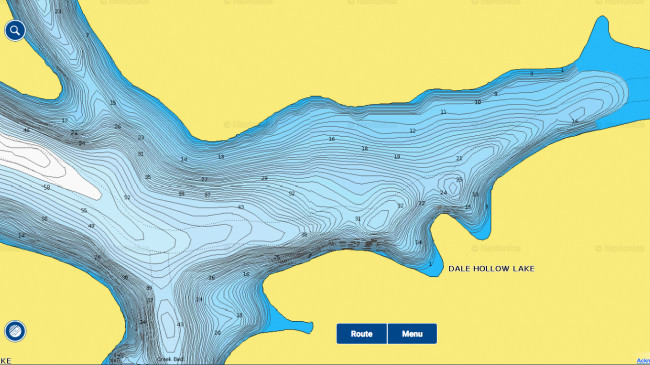How to Catch More Winter Bass on Jigs
Bill Taylor’s tips for cold-water Booza Buggin’

(Editor’s note: Bill Taylor is FLW’s senior director of tournament operations and a veteran tournament angler who relies on jigs for an unusually high percentage of his fish catches.)
I don’t do this often, but recently I was asked to write an article for the FLW website. Please let it be known that I’m not Bryan Thrift or David Dudley. However, I have logged many long days on hundreds of lakes over a 50-year span as a bass angler. The one thing I’ve learned above all else is that experience is your best asset, regardless of whether you’re fishing, hunting or even performing at your job. I’m hoping that, by sharing some lessons learned through my own experience on the water, I can help you all catch more bass, too.
I learned this important tip in the early 1980s while fishing on Dale Hollow. On one particular January day, I found the bite slower than anticipated. The water temps and lake level seemed perfect, but eventually I realized the area I was fishing, which was normally pretty clear, was a little more stained than usual. So I decided to try something different. I pulled the trolling motor up and ran upstream until the water began to clear. The temp was the same, but visibility went from 6 inches to 3 feet.
I started fishing a jig, but still had very little success. The area I was fishing was the old creek channel with a vertical buff that fell quickly to 22 feet. Soon after, I broke off and sat down to tie on a new jig. While I worked, my boat drifted out a bit into 17 feet of water, and I saw flashes of baitfish on my old flasher unit.
The next move I made has allowed me to double the number of wintertime fish I now catch. Rather than casting the jig to the bank, I simply cast out toward the middle of the creek to 20 feet of water. I let the jig hit bottom and began working the bait back up the old bank of the creek bed.
Boom … I started getting bites and catching fish.
Since then I have not only been successful with catching more fish thanks to this technique, but I have won or made money in tournaments on many lakes by using it. I learned that I can find this situation in creeks on almost every highland impoundment. Plus, it’s easy fishing and generally works from late fall into early spring.
See the image below for an example. On the bottom side of the image, rather than casting right to the bank, try casting out toward the edge of the old river channel, which snakes along the bottom side of the creek.

As a matter of fact, just recently I took a trip to Lake Mitchell on the Coosa River in Alabama and could not get a bite or catch a fish of any kind doing the “usual” things. Frustrated, I moved to the head of a major creek and finally found just what I was looking for. I started catching spotted bass almost immediately. From the dirty water to the clear, with 52-degree water temp, I caught every fish on the outside bank of the old river channel in 14 to 17 feet of water. I salvaged a bad day with 14 keeper spots.
Try this on Watts Bar, Dale Hollow, Lake Lanier, Lake Martin, Norris Lake, Lake Cumberland, Smith Lake, Table Rock and many others. It will get you several more good fish – I promise. My best lure is a 3/8-ounce Zorro Baits Booza Bug jig with a Zoom Big Salty Chunk trailer. I hardly ever use line heavier than 12-pound test and use a medium-heavy 7-foot rod.
Stay tuned for another tip on getting things ready for your next road trip to your favorite lake to make sure it is trouble-free. Thanks for reading, and best fishes to everyone!